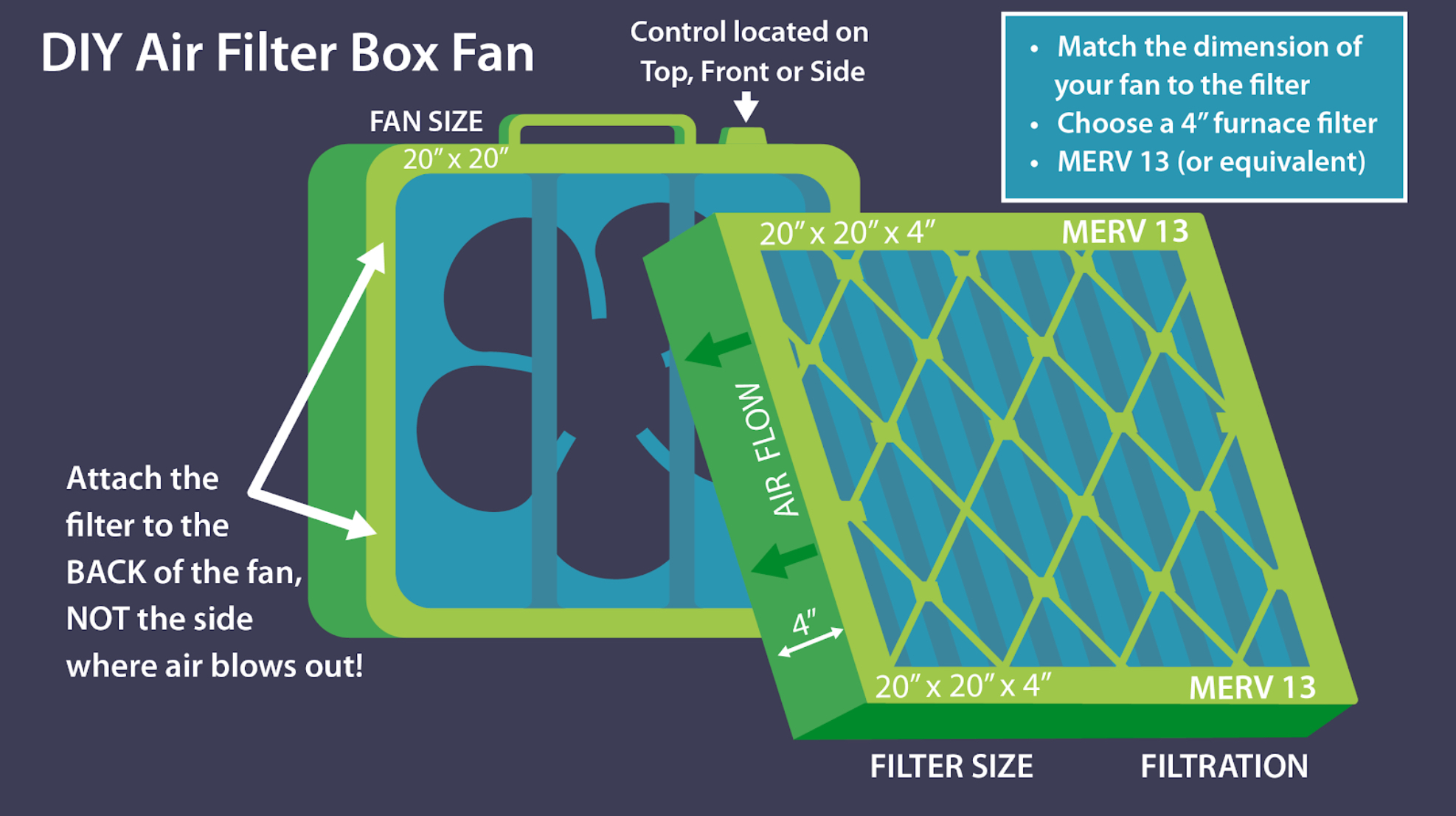Construction dust can be a real nuisance.
Few activities add as much dust to a home as a construction. Even minor remodelling projects kick up an amazing amount of dust – from chunks of sawdust to the fine particulates released when cutting sheetrock or tile. Dust prevention and removal are critically important to help prevent disease – and there are steps builders (and DIYers) can take to minimize dust during and after a project.
Did you know?
While it is true that you can see some dust – like chunks of sawdust (90 microns) and barely visible house dust (20 microns) – more than 98% of all dust in the air is much smaller and isn’t “visible” to the naked eye. Some of this dust is between 2.5-10 microns in diameter (PM2.5–PM10), but the vast majority are smaller than 1 micron (PM1).
“Dust prevention and removal is critically important to help prevent disease”.
Large dust particles are easily trapped in nose hairs. Smaller particles are stopped in the sinuses or deposited in the first branches of the lungs. But it’s the fine and ultra-fine particles that comprise the majority of dust that can penetrate deepest into the lungs and cause many health issues.
Bottomline: Healthy construction minimizes dust.
Minimizing dust reduces exposure and individualized reactions from dander, pollen, fragments of mold, bacteria, outdoor “dust,” as well as other allergens and irritants. It also reduces “food” sources that provide nutrition to micro-organisms when sufficient moisture is present. The less dust you bring in during construction, the healthier you can leave the job site!
How dust-free to do you have to be? Since the needs of occupants differ as much as job sites, it is important to have an open conversation at the start of a project to assess everyone’s needs. This will allow all parties to agree on types of cleaning that should be done, the level of removal needed, and how to verify completion.
There are two main ways that builders can help homeowners minimize dust and any negative reaction to exposure:
1. Minimize construction dust.
The most effective way to reduce the amount of dust inside houses is to not create dust to begin with. During remodelling and construction, avoid sawing, cutting, or sanding wood and sheetrock inside the house. This is especially important when there are surfaces that are not easily cleaned, like unfinished wood and insulation before the stud or joist bays are enclosed with sheetrock or other material.
“The most effective way to reduce the amount of dust inside houses is to not create dust to begin with.”
2. Isolate and remove the dust.
To remove construction dust and other visible types of particles from areas that will be painted or otherwise enclosed, follow these steps:
- Remove the large particles like sawdust and other visible particles with shovels, brooms, or a shop vacuum.
- Damp wipe surfaces followed by cleaning with a vacuum that has a HEPA filtered exhaust.
Alternatively, to remove construction dust from areas that will not be painted or enclosed, or to meet pre-occupancy needs of individuals who are dust sensitive, do the following:
- Remove the large particles like sawdust and other visible particles with shovels, brooms, or a shop vacuum.
- Clean with a HEPA vacuum followed by damp wiping and a second HEPA vacuuming. For locations with heavy dust, disturbing the surfaces with leaf blowers while running air scrubbers during the HEPA vacuuming process will improve results plus reduce re-entrainment and cross-contamination of dust from the dirty area back onto the cleaned surfaces.
The final step is making sure that everything is properly clean. Verification of cleanliness should be conducted in the following order:
- The use of “white glove” and “black glove” wiping will make visible fine layers of dust.
- Shining a light along the surface (rather directly at the surface) will emphasize particles.
- A submicron particle counter can be held near the surface as it is wiped or blown on can show if there is remaining dust by an increase in particle count. If so, repeat the cleaning procedure and repeat the verification process until previously agreed conditions have been met.
Follow these two broad principles, and you’ll go along way to avoiding the scourge of construction dust, which can seriously impact health.
To learn more about additional conditions in your home that may be impacting your health, take the Hayward Score survey today! Get suggestions on how to make your home healthier, as well as detailed, personalized Action Plans to get you started.
Getting to a healthy home can seem daunting, but it is possible and our experts are here to help! You can Ask an Expert, and one of our Hayward Score team members will contact you within 2 working days to schedule your call.
Hayward Score helps you discover how your home may be impacting your health in minutes – – for FREE!
Answer a quick set of questions then get a personalized list of action items. Transform your home and health today!

ARE YOU CONCERNED YOUR HOME IS MAKING YOU SICK?
Our guide on indoor quality will help you diagnose possible issues and implement intelligent solutions to improve the quality of the air inside your home.















